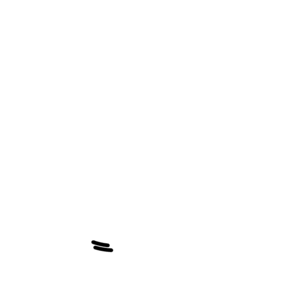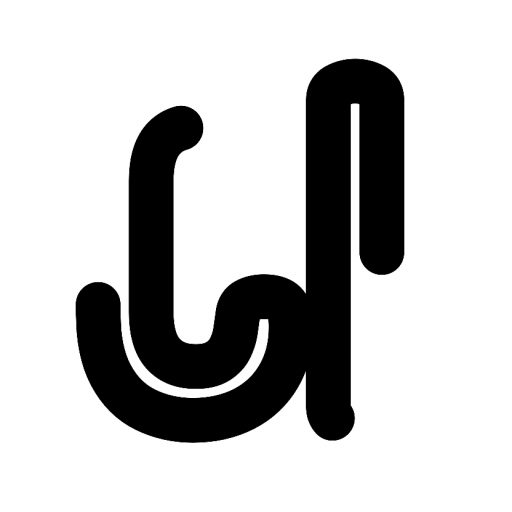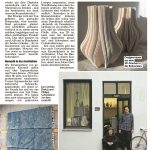
ceramics from a 3d printer
Two young architects changing the look of a traditional material: Jan Contala and Philipp Schwaderer and their ceraLAB
Ceramics is an ancient material. The oldest art products made of ceramics are around 30,000 years old, yet it has never gone out of fashion. Two young architects have now developed a new processing method for the material on their initiative – thus increasing the possibilities for use and design many times over.
In a room barely 50 m2 in size, in the St. Bartlmä industrial area in Innsbruck, Jan Contala and Philipp Schwaderer have been experimenting with ceramic printing for almost three years. “We were both fascinated by ceramics from the very beginning. The idea was to combine such a traditional product with modern technology. The result is our ceramics 3D printer, which prints ceramics instead of the usual plastic.
Ceramic products instead of the usual plastic. This eliminates the prototype character, and the print becomes a real housing or building product,” says Contala. Nevertheless, many prototype prints in the small laboratory: vases, lampshades and mugs in all shapes and sizes fill the room. The two centerpieces are the ceramic printer and the 1200-degree kiln.
“We digitize the craft, so to speak, in order to focus on the aesthetics and design. It’s only through the digital component that boring designs can be broken up at all, and surface designs, for example, can be driven strongly into detail,” Contala explains. “Still, materiality is insanely important to us. It’s about taking the design out of the digital again and pressing it into something materialistic – and that only works thanks to our ceramic 3d printer.”
The printer is fed with clay. The printed raw product is then dried, glazed and finally fired, making it an enormously stable, durable and, above all, sustainable product. All of this happens in the ceraLAB and the handiwork of the two founders. “It’s fascinating to see how such an inexpensive material as clay can create high-quality products,” remarks Schwaderer. The areas of application for printed ceramics go far beyond espresso mugs and vases. “We’re open to anything that comes out of experimentation. Our espresso mugs are aesthetically pleasing everyday objects that everyone can enjoy and that we can finance ourselves, at least in part. But we have also furnished entire apartments with printed lamps, printed a wall hanging, or couch tables. The possibilities are endless.” Especially in small-scale architecture, however, the two could soon make a breakthrough. “Ceramics as facade cladding is a big project, or as an alternative to tiles. Anything 2D can be designed and made more interesting with ceramic printing,” Schwaderer and Contala are convinced. Since 2021, the duo has also led university courses on ceramic printing in architecture. In these courses, the building feasibility is often overlooked first so that new ideas can be put forward in the first place.
Ausgabe OKT 2022.



